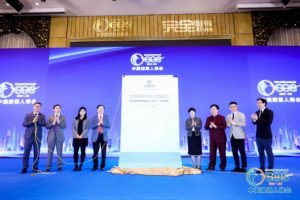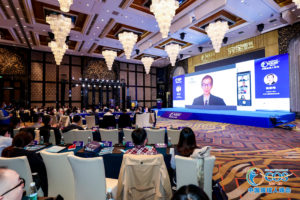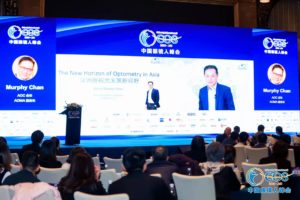November 29, 2021
SHANGHAI — The Asia Optometric Management Academy (AOMA) and Asia Optometric Congress (AOC) collaborated to create a region-wide consensus on myopia management. The organizations came together with the help of two dozen key opinion leaders to collect input from countries across Asia and put together a document that outlines how myopia should be managed throughout the region.
Leaders from both groups explained that significant disparities exist in eye care across Asia. In some countries, the optometric field is more advanced, while the profession is still developing in other countries. Additionally, not all myopia management treatments are available in every country in Asia. To help combat this and spread awareness and education about myopia to practitioners, the AOMA and AOC developed a standard practice model so that practitioners in this region can better provide quality eye care to patients in their communities.
“At the end of last year, AOMA initiated this project to come up with a consensus on myopia management,” said Dr. Kah Ooi Tan, President of AOMA. “The objective was to digest the IMI [International Myopia Institute] White Papers, the published papers from different eye care organizations, and to take into consideration the local perspective. We have produced a practically oriented consensus, and it can be adapted to the local situation based on the legislation or scope of practice in the local context. In short, it can be a shorter version of the IMI White Papers but adapted to suit the Asian perspective.”
The consensus takes a holistic approach capturing the myopia management process from start to finish. It gives practitioners a systematic approach for treating myopic patients, including individual patient factors such as affordability and accessibility of a treatment.
Monica Jong, PhD, Senior Advisor of AOMA and former Executive Director of the IMI, was one of the eye care leaders involved in drafting the myopia management consensus. Dr. Jong worked closely with Oliver Woo, OD, Vice President of AOMA and Chairman, AOC’s Academy of Orthokeratology and Myopia Control, and the task force of KOLs to determine the most significant challenges and barriers for practitioners in the region.
After nearly a year of work, the consensus was officially completed. It was first translated to Chinese and launched on November 10 at the China Optician’s Summit, with industry support from Essilor China. The document will be translated into other Asian languages in the near future.
In the opening remark, Prof. Serge Resnikoff, Honorary Chairman of the Scientific Review Committee of the Consensus on Myopia Management highlighted that there are still too many different barriers, limitations, or restrictions in performing myopia control, depending on the different countries, territories, or jurisdictions. That said, from a public health perspective, it is imperative that every ECP takes initiative to do whatever is possible to manage myopia with locally existing resources right now, without waiting until everything is available.
Datuk Murphy Chan, the President of AOC, believes that through this consensus initiation, and the coming myopia management development in Asia, practitioners will have the support and guidelines to manage myopia more effectively for the Asia community.
The AOMA and AOC are now working to distribute the consensus to practitioners across Asia. The organizations plan to publish their work in two journals, one of which is the AOC’s new regional journal, Journal of Optometry Eye and Health Research. They will also spread the word about the consensus through the local professional body under the AOC, which has members in twelve different countries and other member organizations throughout Asia.
“Our main objective is to spread the message to practitioners across this region that they are not alone,” said Dr. Kah Ooi Tan. “AOMA and AOC are here to support them and provide opportunities for them to learn more, upgrade their skills, to have an opportunity to interact with their colleagues in this region, and to combat the myopia burden in the local community as early as possible.”
















